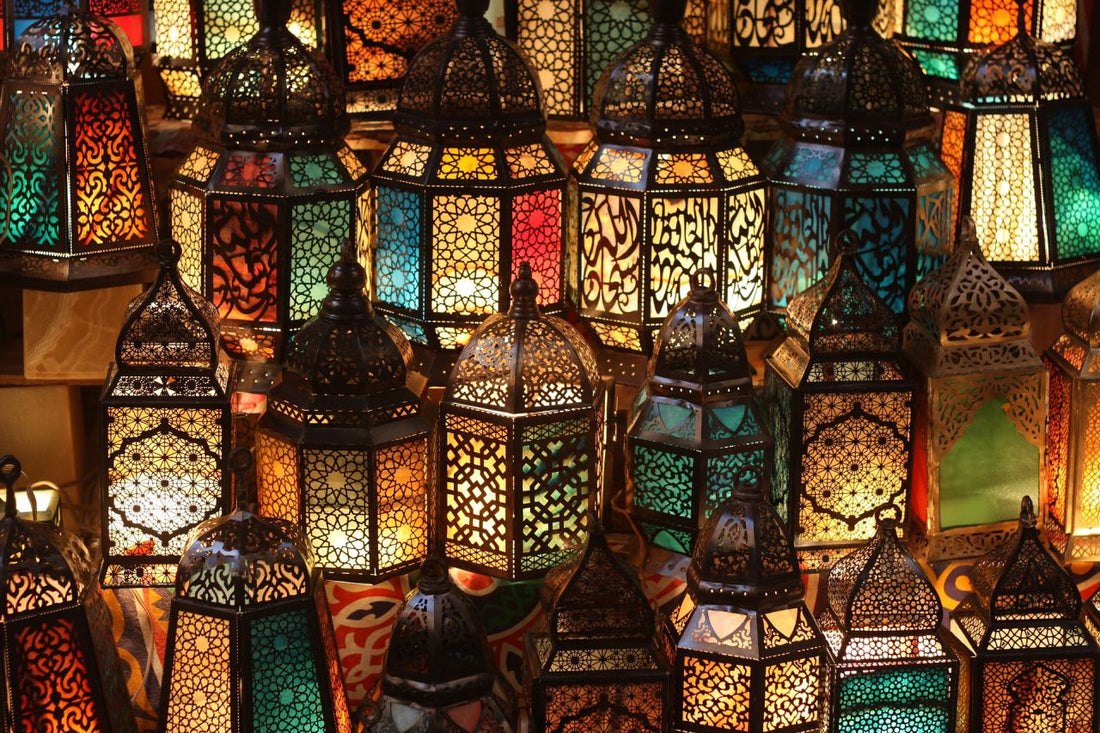One of the oldest civilizations in the world, Egypt is a land rich in history and culture. Craftsmanship in Egypt dates back thousands of years, with the most skilled artisans decorating temples and palaces. Today, the arts are alive and well in one of the most vibrant countries in the Middle East and North Africa, utilizing timeless materials and ancient techniques.
While you can’t take pieces of the Great Pyramids home with you, these mementos carry the weight of history offering both skilled craftsmanship and fascinating origins.
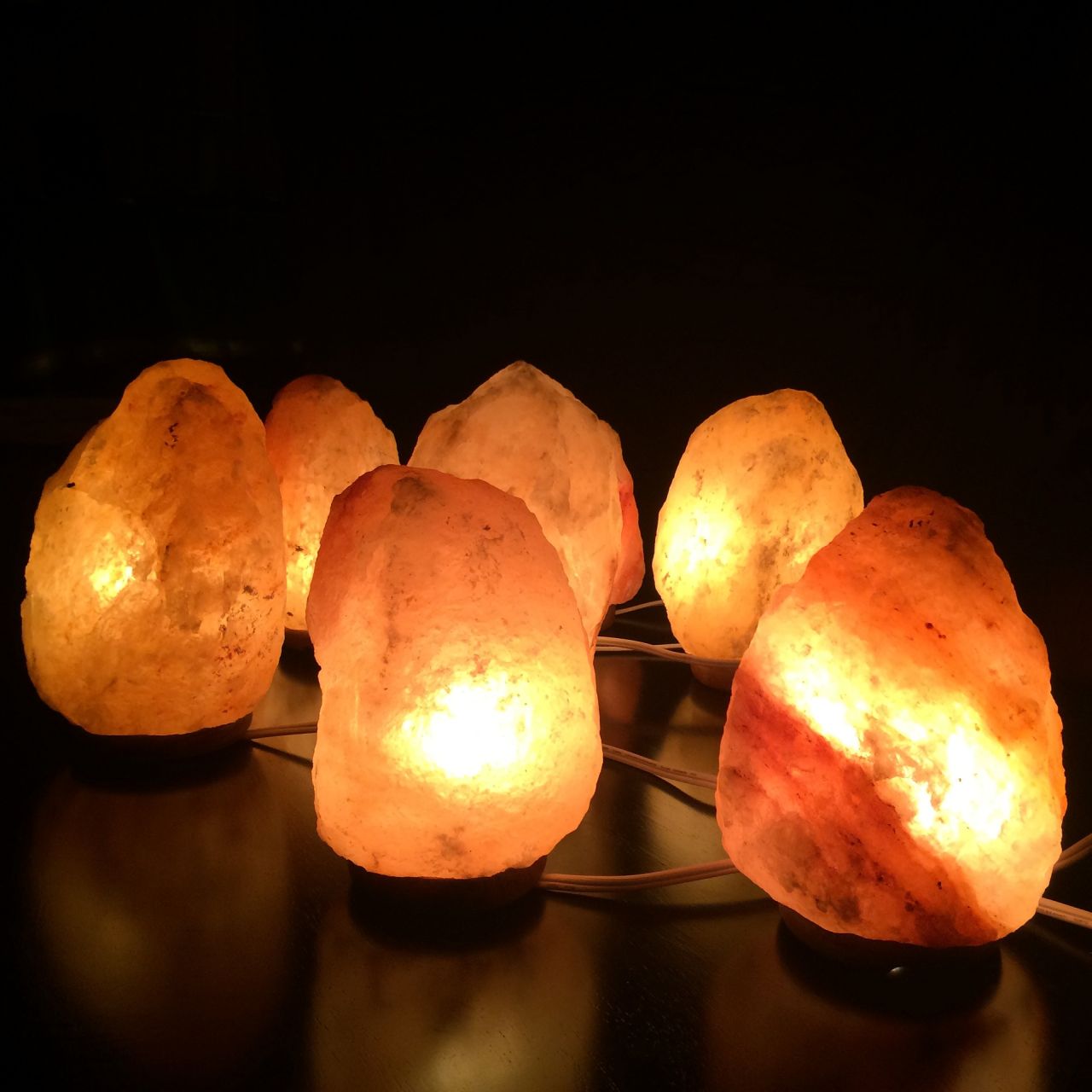
Siwan Salt Lamps
Located in the Western Desert, Siwa Oasis is one of Egypt’s most isolated settlements which in turn has led to a unique language and culture all its own. Its beautiful salt lakes are widely-known as a touristic haven and as one of the most powerful natural healing places in the world.
Fed by groundwater springs, Siwan lakes are rich in natural salt, some of the highest concentration in the world. Swimming in these lakes has been likened to swimming in the Dead Sea.
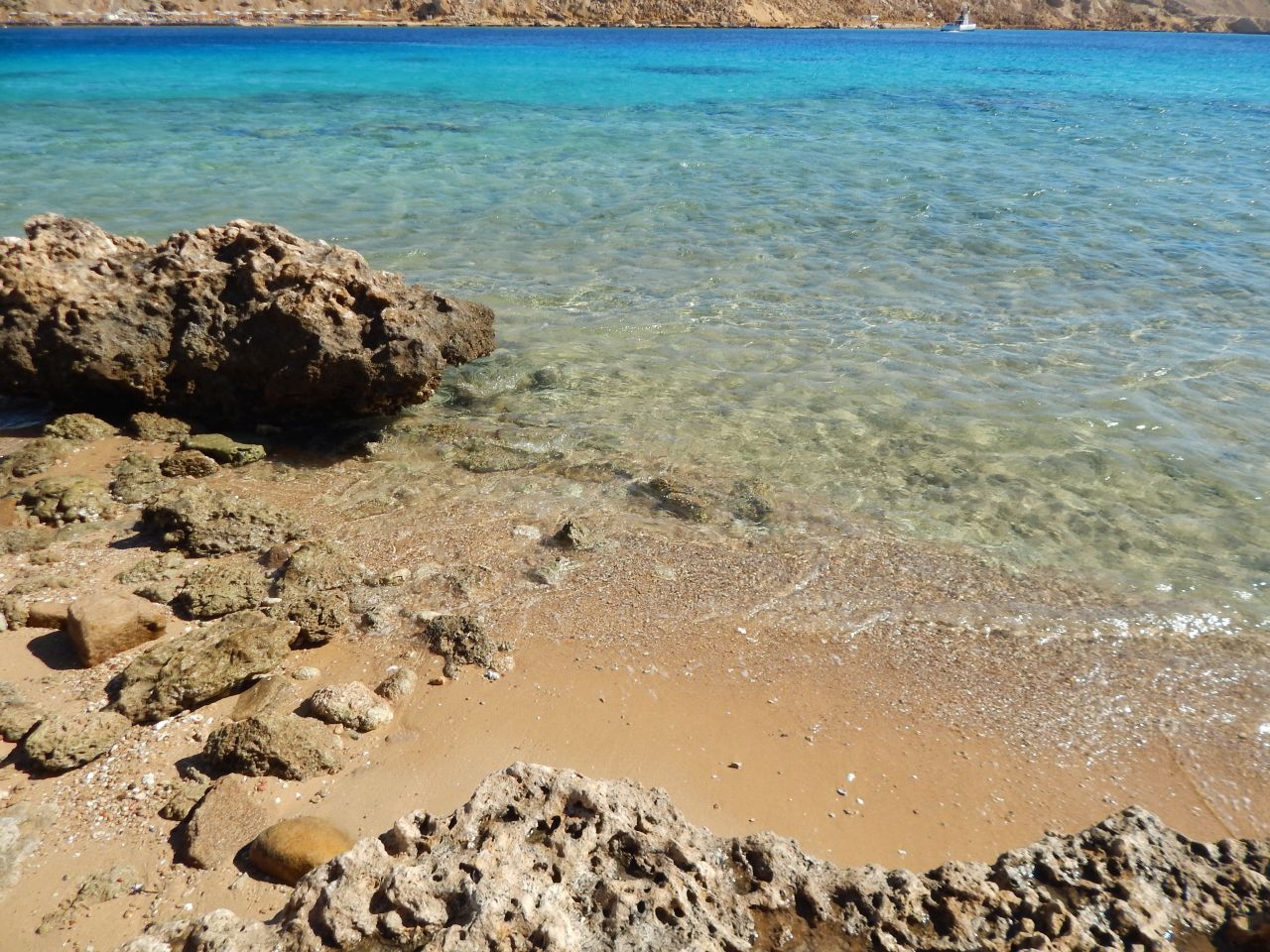
The Siwi people have long hand-crafted products using natural resources found locally, including salt. To make Siwan salt lamps, chunks of salt are hollowed out and a bulb placed inside. Besides being a pretty decorative item, the salt lamps are said to neutralize negative ions coming from electronic devices, thereby alleviating stress and allergies.
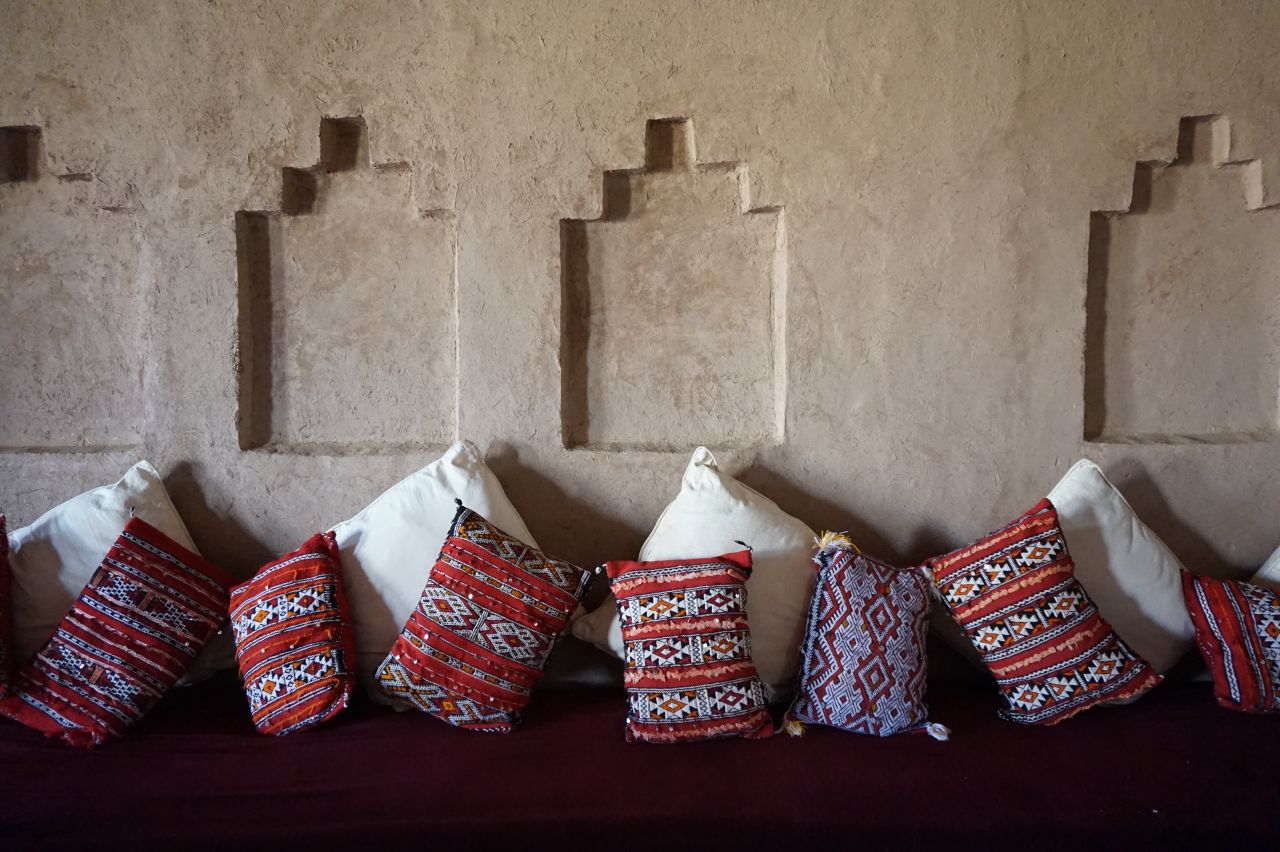
Handmade carpets (Kilim)
Another authentic craft is Egypt’s handmade carpet, also known as ‘kilim’. The origins of kilim in Egypt date back millennia, as evidence of flatwoven textiles have been found from the seventh to eleventh centuries BC. In more recent times, the advance of technology and cheap, machine-made carpets from Asia have led to a decline in hand-weaving these beautiful carpets.
However, the people of Fuwa, located on the western banks of the Nile Delta, have started putting a modern spin on this ancient craft passed down through the generations in the village. Not only are they incorporating modern colors and motifs while still using traditional weaving techniques, much like Ethnotek, they’re creating textiles for non-traditional uses, like in bags and bath mats for the modern home.
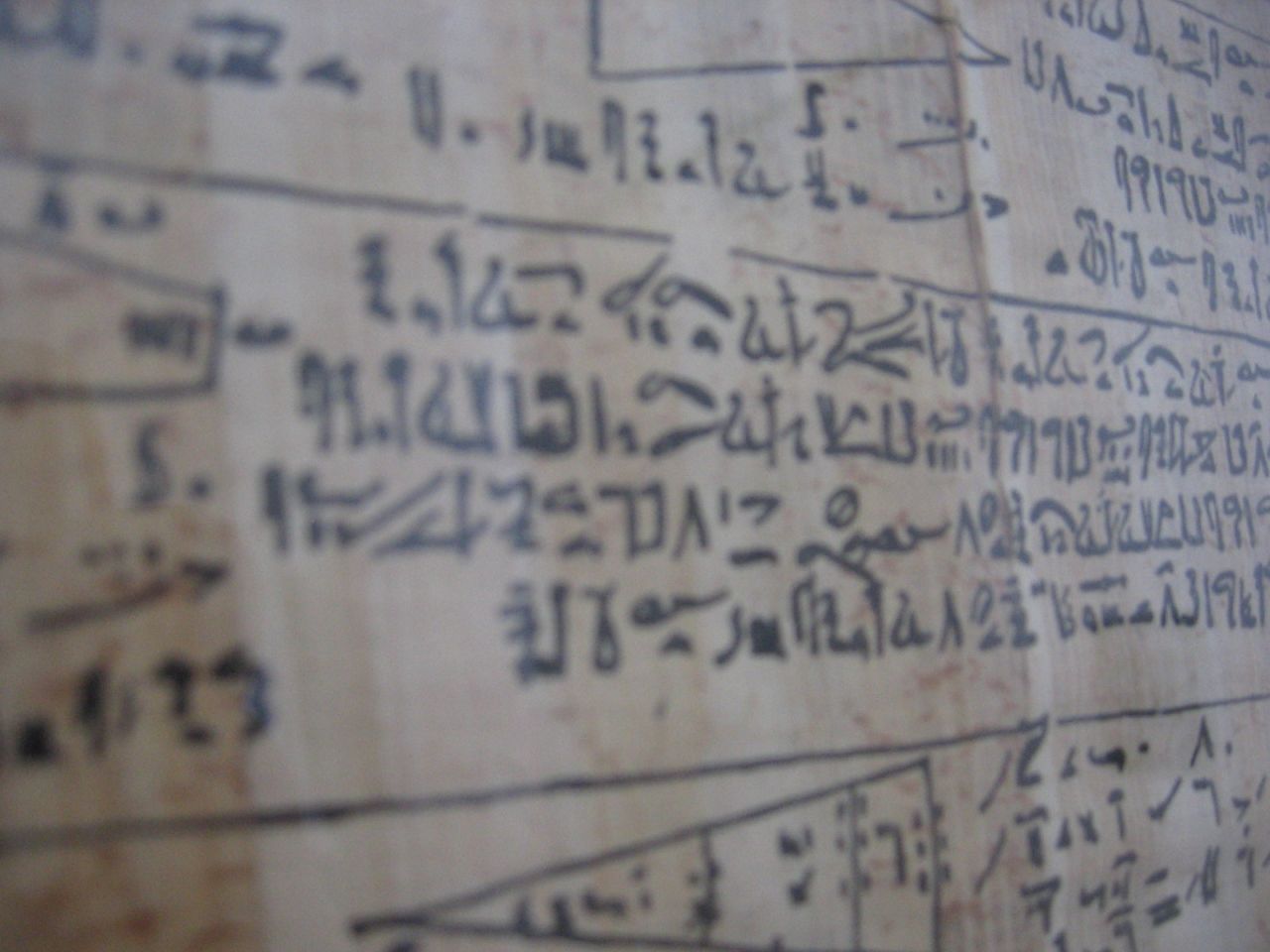
Papyrus
Dating back to Ancient Egypt, the papyrus plant was used to create a host of products including paper, sandals, and baskets. Nowadays, papyrus paper in the form of bookmarks, scrolls, and paintings are still a favorite souvenir as they’re both inexpensive and light. Even better, have the seller personalize your gift by writing your name in hieroglyphics. That said, the “papyrus” you’ll find sold near Cairo’s top attractions including the Pyramids and the Egyptian Museum, are likely to be dried banana leaves rather than real papyrus. Genuine papyrus is typically weightier and more durable, even when wet. If you’re looking for the real thing, skip the souks and head to a reputable papyrus museum or certified shop.

Bedouin textiles
Nomads of the Middle Eastern deserts, most Bedouins migrate between desert and cultivated land depending on the season. Meaning “desert dweller”, the Bedouins of Egypt mainly reside in the Sinai Peninsula. Since ancient times, Bedouin women have created durable, versatile textiles on the simplest of looms, ranging from rugs and saddlebags to blankets and entire tents. While beautiful to look at, these textiles also have to be made to withstand the harsh climate.
Today, embroidered Bedouin scarfs and shawls are still produced by hardworking women and girls in North Sinai villages. The colorful designs are based on traditional motifs passed down from generation to generation, and the art of embroidering and weaving is commonly taught from mother to daughter. Whether an authentic Bedouin scarf with traditional colors and patterns, or an updated look by fashion designers, a Bedouin shawl is one of the most practical and versatile souvenirs from Egypt that you’ll find yourself using long after you’ve come home.

Pottery
The ancient Egyptians were gifted artisans, and pottery was among the many crafts in which they excelled. It’s said that Egyptians started making pottery even before building the Great Pyramids of Giza. With the abundance of clay from the Nile River, it’s easy to see why the Egyptians took to this art form early. However, unlike the exquisite and highly decorated vases found in museums, most early Egyptian pottery was made to be functional, for instance to hold water, grain, or oil. With time, however, the art evolved, and Egyptians began including ornamental features, giving birth to a whole new handmade industry.

Glasswork
While glass making in the region likely started somewhere around 2,500 BC in Mesopotamia, it wasn’t long before the Egyptians also began working with glass, first used as a glaze for beads. Pure glass came later, with glass blowing techniques being introduced during the Roman Era. With time, the art evolved, and Egyptians began introducing silver and copper into their glasswork which enabled them to create various color palettes and incorporate imagery into large glass objects like vases, hanging mosque lamps and ornaments.
Today, many workshops in Cairo showcase this centuries-old tradition where visitors can watch as artisans blow through a tube to shape the molten glass into all sorts of forms, both decorative and functional.
About the author
Karima Hassan Ragab is a 24-year-old Egyptian nomad, currently based in Cairo. She studied multimedia journalism by elimination and fell in love with it, and says she’s a dog lover despite never having owned a dog. Whenever free, you can find her planning an upcoming trip. Follow her travels on Instagram.

